Talk Overview
In 1872, Moritz Kaposi first described a disease that included pigmented skin tumors and in some cases tumors of the viscera. While KS has been endemic in some areas of the world for many years, a highly aggressive and deadly form of the disease emerged concurrently with the HIV/AIDS epidemic. KS is a very unusual cancer including multiple cell types, including cells of a “spindle” morphology, in a single tumor. In this section of the talk, the atypical biology of this cancer it will be discussed.
Epidemiological studies suggested that HIV was not the causative agent of KS. In the mid-1990s, a new human herpes virus, Kaposi’s sarcoma associated herpes virus (KSHV), was identified as the likely cause of KS. Development of a serological test for the presence of KSHV in patients showed that KS seroprevalence strikingly mirrored KS risk and, additionally, KS was never found in KSHV negative patients. This data strongly supported KSHV as the causative agent of KS. However, epidemiology also showed that additional cofactors are required for disease development and in the case of patients with AIDS, HIV is this cofactor.
In this section of the lecture, we will look at which viral genes are expressed in KS and how they cause disease. KSHV has both a latent and lytic cycle. In the latency cycle, very few genes are expressed and no new virus is produced allowing the host cell to survive. In the lytic cycle, all open reading frames are expressed, new virus produced and the host cell killed. Greater than 95% of KSHV infected cells contain virus is in the latency cycle. A single KSHV gene, vFLIP, expressed during the latency cycle is sufficient to cause a change of cell morphology to a “spindle” shape. Additionally, vFLIP and a second gene kaposin B promote the expression of cytokines and the inflammatory phenotype seen in KS lesions. How this increase in the inflammatory response benefits KSHV is yet to be determined.
Can the latency cycle alone account for tumorigenesis? Experiments showing that infection of latent cells is quite unstable together with the fact that latent infection with KSHV does not immortalize cells suggested that it does not. An epidemiological study in which patients were given a drug that is specific for virus in the lytic cycle (ganciclovir) resulted in a significant decrease in new KS tumors suggesting that the lytic cycle is also key to disease development. How this might happen and what this means for further understanding and treatment of KS is discussed.
Speaker Bio
Don Ganem

Don Ganem joined the Novartis Institute for Biomedical Research in Emeryville, California as Vice President and Global Head of Infectious Diseases in 2011. His research group focuses on understanding and developing better treatments for viral, bacterial and fungal infections in normal and immunocompromised individuals. While an undergraduate student at Harvard, Ganem did research in bacterial… Continue Reading
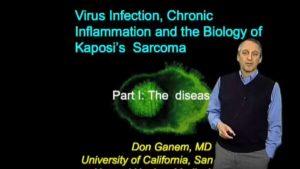
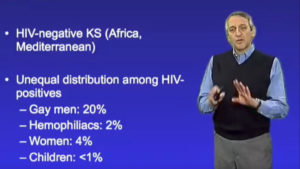
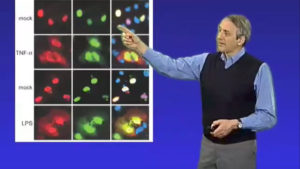
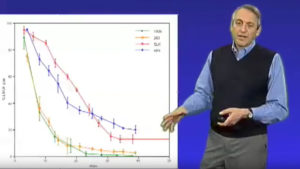
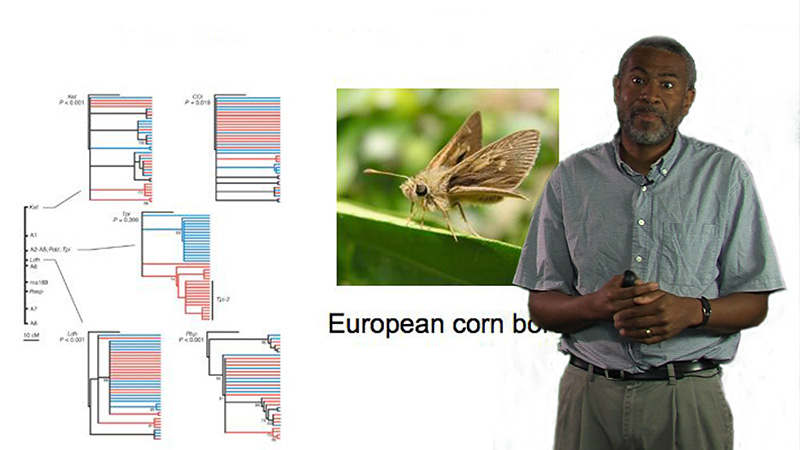
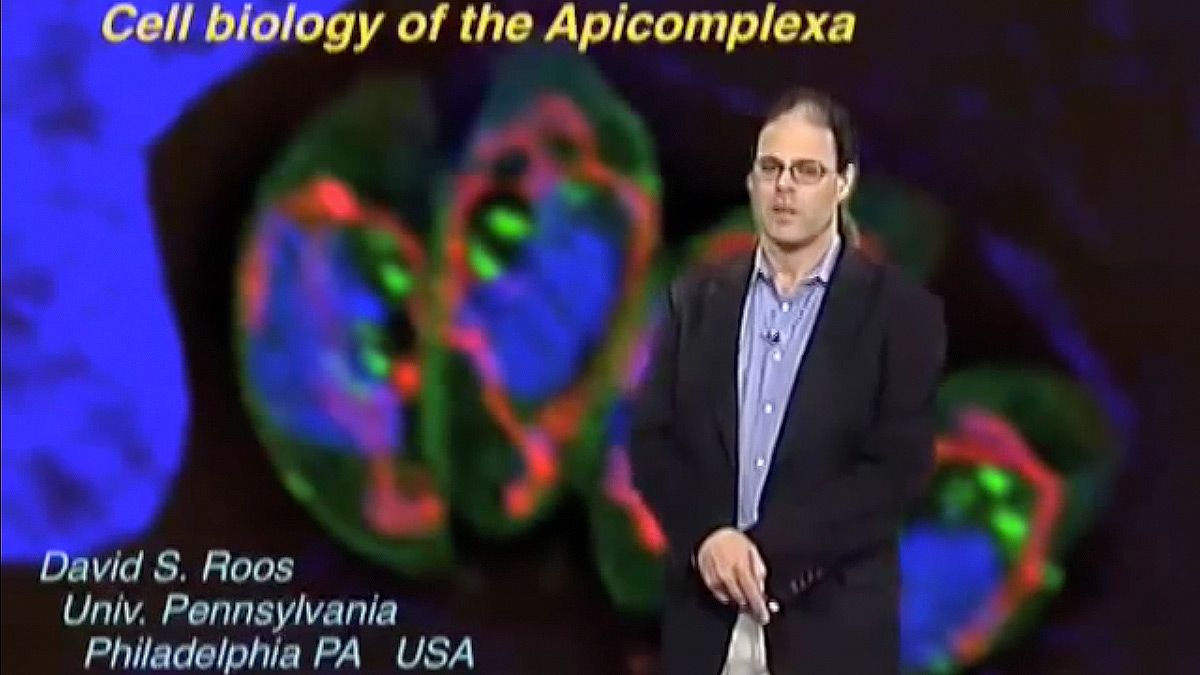







Leave a Reply